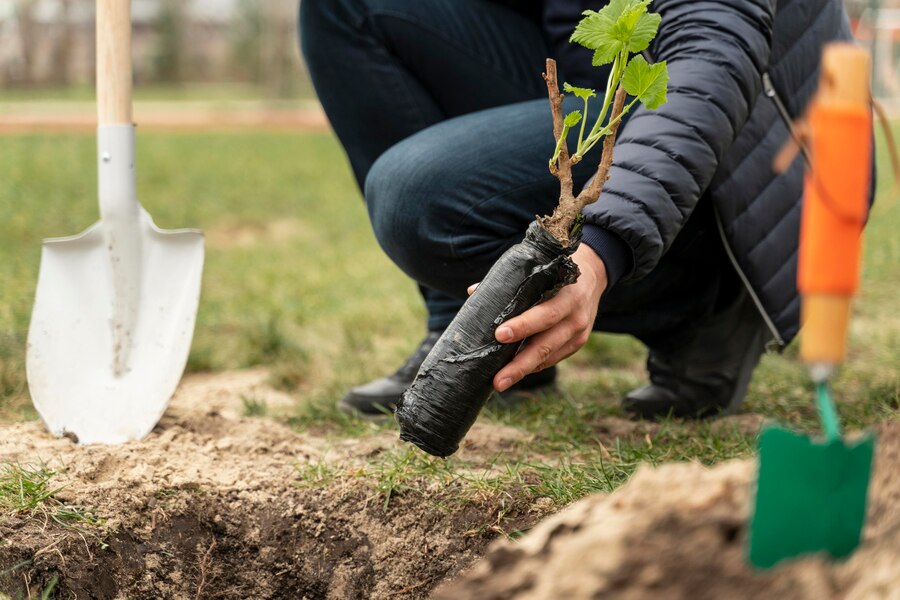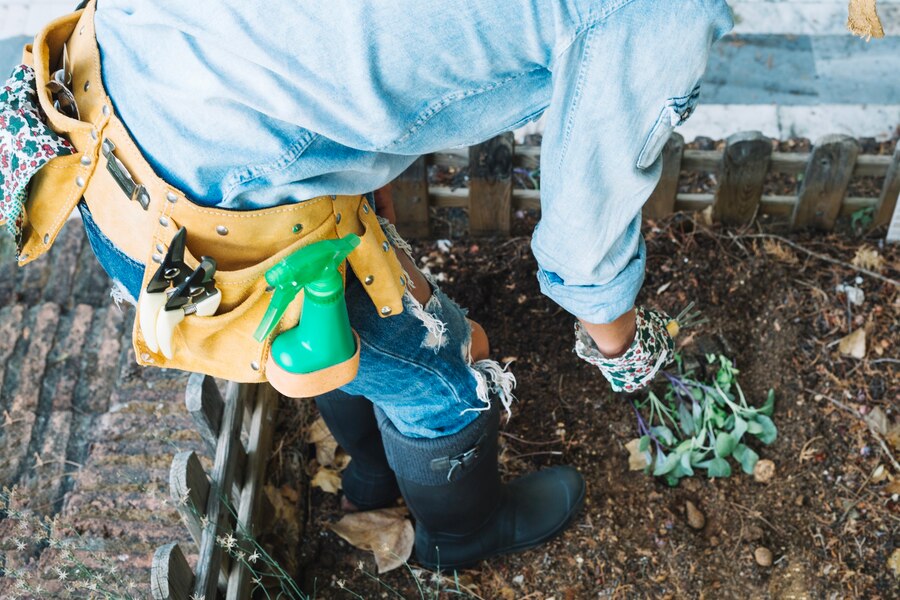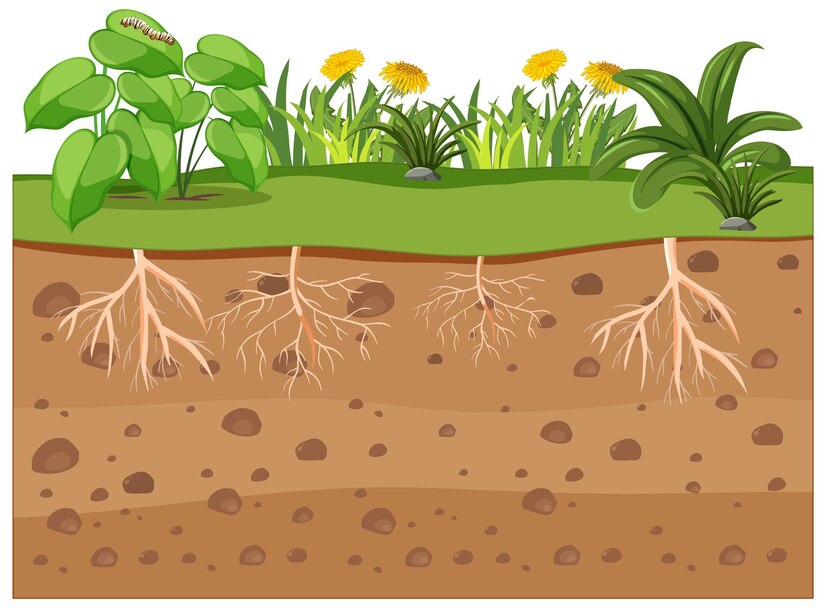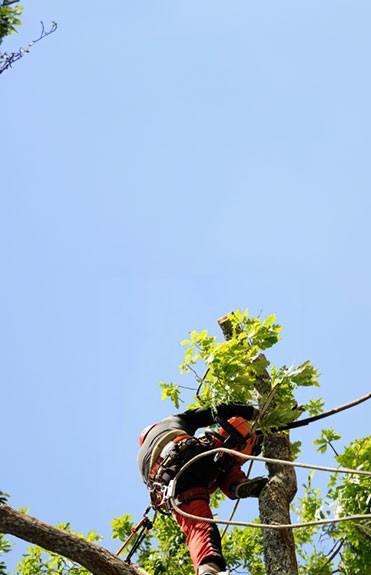Dec 13, 2024
Tree roots can be both a curse and a blessing. They are necessary to support and nourish trees but can also wreak havoc on properties, sidewalks, and underground utilities. Root barriers installation creates a defensive wall between property and invading roots. In this guide, we will discuss the significance of root barriers, how to install them, and maintenance tips to keep root barriers effective.
Understanding Root Barriers
What is a Root Barrier?
A root barrier is a physical barrier placed underground to redirect tree roots away from sensitive locations, such as the foundation of a structure, sidewalks, and utility lines. These barriers are usually constructed of plastic or metal that is moisture and soil resistant, and blocks roots from penetrating.
Why Install a Root Barrier?
Avoid Structural Damage:
Cracks in foundations, lifted sidewalks and broken underground pipes are all the result of tree roots. A root barrier can help reduce such risks by guiding roots down rather than out.
And ultimately, it protects your landscaping. Controlling the growth of roots can save your garden and landscaping features from being invaded by unruly tree roots.
A Pathway Clear from Overgrown Roots
Increased safety Walking on a paved area can be safe without worrying you about falling.
The Installation Process
The installation of a root barrier will not take place overnight. Here’s a step-by-step guide:
Site Assessment
Conduct a detailed site inspection before installation:
Know Your Tree Species: Various tree species will grow their roots differently. Being aware of the species will help inform how deep and what kind of barrier you need.
Check the Condition of Soil: Different soil types have different effects on root growth, e.g. clay soils do not allow deep penetration of roots whereas sandy soils do.
Check for Utilities: Before digging, call local utility providers to ensure no underground lines are present in the installation area.
Planning the Installation
Measure What Your Barrier Protection Will Need to Cover:
What’s the distance from the tree to the structures that you want protected? The barrier should extend a minimum of 12 inches past the root zone.
Barrier Material: Pick an appropriate material per your own requirements: get material plastic barriers for general purpose, whereas you may want metal for more heavy duty applications.
Excavation
Digging the Trench: Excavate a trench (using an excavator or hand tools, if you’re looking for a workout) that is deep enough (usually 24 to 36 inches) to hold the barrier. This trench should be 6 inches or wider.
Clear Loose Soil and Debris: Ensure that the trench walls are straight and free of loose soil or debris so that they do not impede barrier installation.
Installing the Root Barrier
Position the Barrier: Set the barrier in the trench, with the top edge just above ground (about 4 inches). This keeps soil from forcing it down.
Joint Sealing: If using more than one section, each section should overlap at least 6 inches, and joints should be sealed with butyl tape or root barrier sealant.
Backfilling: Gently backfill the trench with soil, surrounding the barrier and compacting the soil tightly to avoid settling.
Final Touches
Reestablish Landscaping: Replace any sod or landscaping materials that were removed during excavation.
Moistening: Give the area a light watering to settle the soil around the barrier.
How to Maintain Root Barriers
Once installed, regular maintenance is vital for maintaining long-term effectiveness:
Keep an Eye Out for Root Growth: Regularly inspect for roots pushing through the barrier. If detected, consult an arborist, who can offer possible solutions.
Check condition of the barrier: A barrier could be damaged from soil pressure or moisture exposure over the years. Check them regularly for cracks or punctures.
Alter landscaping practices: Do not plant aggressive species right by barriers that could potentially be weakened.
Cost Considerations
The installation of a root barrier can vary in cost depending on a few things:
Material type: simple plastic barriers cost about $6/sq.
Installation Costs: Professional installation can significantly contribute to your overall costs, with expectations to pay roughly $120 per meter for shallow installations rising to $1,000+ per meter for deeper installations, which require specialist equipment.
Site Conditions — Difficult access or complicated soil types could translate into more labor on-site with more equipment.
Conclusion
Preventative tree root damage can be avoided using root barriers. Knowing how vital they are and how to properly install them will protect your home and landscape from the invasive roots. Investing in regular maintenance will keep your investment working for you over time.
If you are thinking about placing a root barrier or need assistance with current tree-related problems such as root barrier installation, reach out to professionals who know all about landscape management and tree care. They can develop customized guidance based on your needs, keeping your property safe and beautiful for many years.
















